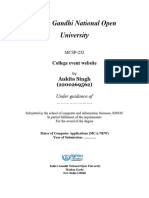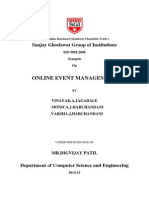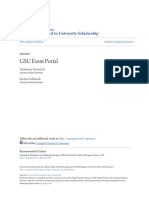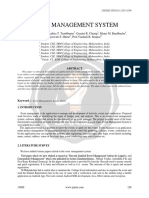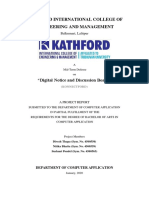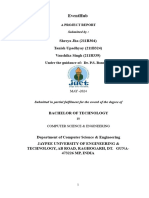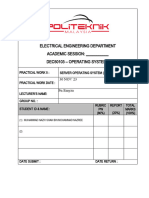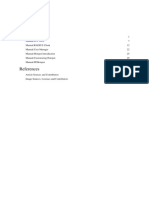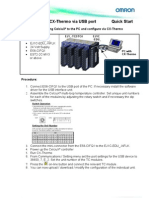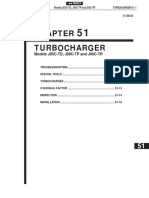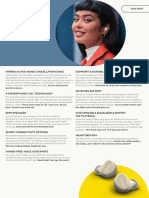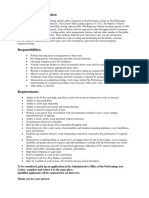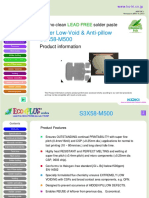0% found this document useful (0 votes)
11 views11 pagesFull Stack Project Complete Report
The project focuses on the design, development, and deployment of a college event website with user sign-up and sign-in functionalities, emphasizing secure user authentication. It aims to enhance communication, improve user experience, and ensure data security while promoting campus events. The project highlights achievements in user engagement, security, and accessibility, with plans for future enhancements such as mobile app integration and event analytics.
Uploaded by
416 sneha motupalliCopyright
© © All Rights Reserved
We take content rights seriously. If you suspect this is your content, claim it here.
Available Formats
Download as DOCX, PDF, TXT or read online on Scribd
0% found this document useful (0 votes)
11 views11 pagesFull Stack Project Complete Report
The project focuses on the design, development, and deployment of a college event website with user sign-up and sign-in functionalities, emphasizing secure user authentication. It aims to enhance communication, improve user experience, and ensure data security while promoting campus events. The project highlights achievements in user engagement, security, and accessibility, with plans for future enhancements such as mobile app integration and event analytics.
Uploaded by
416 sneha motupalliCopyright
© © All Rights Reserved
We take content rights seriously. If you suspect this is your content, claim it here.
Available Formats
Download as DOCX, PDF, TXT or read online on Scribd
/ 11







